
Video
An old photograph taken sometime between 1912 and 1914 is found, and experts were told to visit a Miss Hattie May Cornwell, in the Arsenal Hill community of Columbia, S.C. She not only identified the...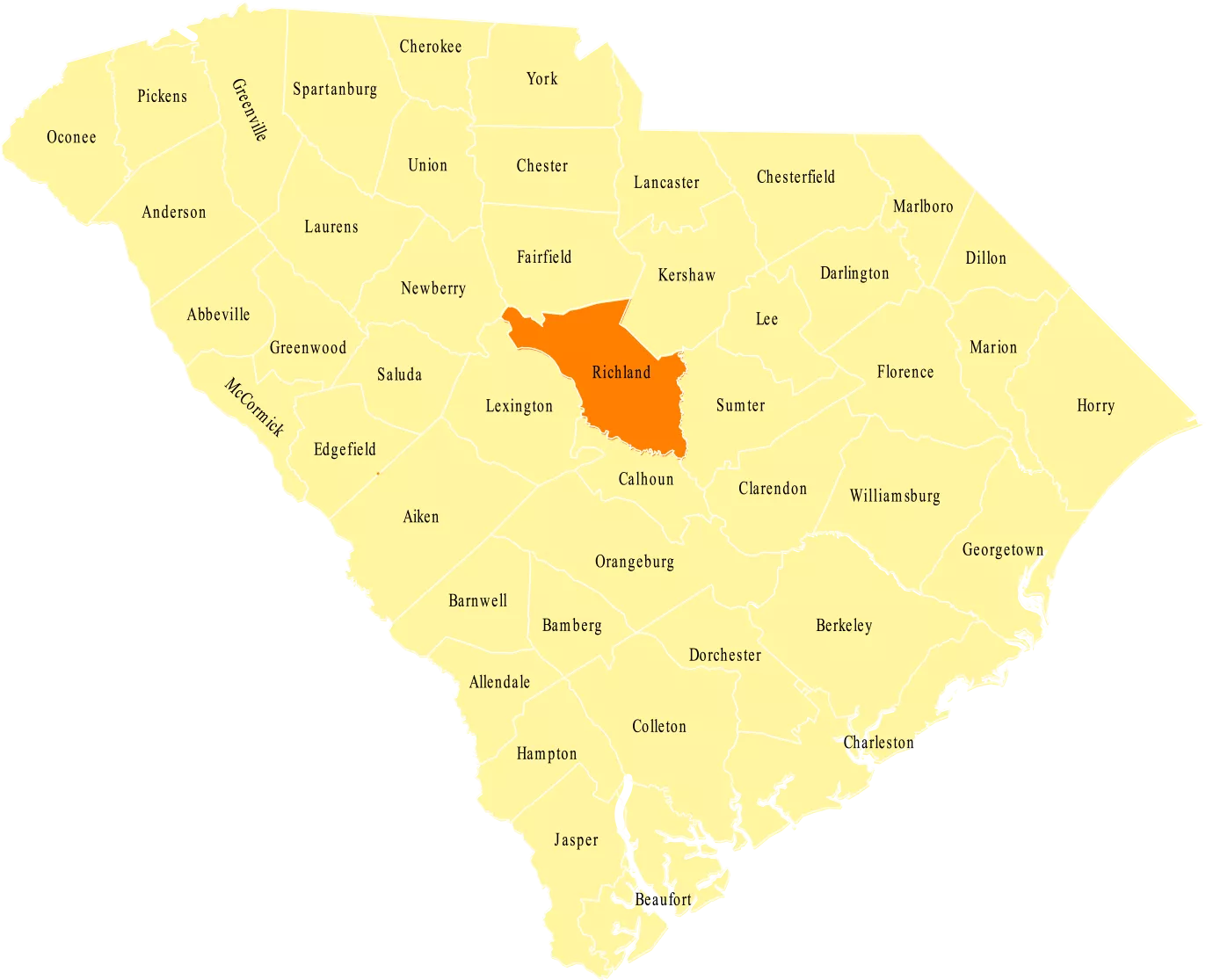
Richland County lies in the South Carolina midlands. Its county seat, Columbia, also serves as the state capital.
The county was founded in 1785 within the Camden District, and its name most likely refers to the “rich land” of the county. In 1791, Richland County became smaller when land previously belonging to this county was added to Kershaw County.
During the Civil War, Sherman entered Richland County and occupied Columbia before setting it on fire.
Since its founding, Columbia has served as an economic hub for the state, especially in terms of trade and manufacturing. The county is home to Fort Jackson, Congaree National Park, and multiple lakes and rivers. Notable county residents include Senator Wade Hampton and President Woodrow Wilson.
SOURCES: About Richland County.

Video
An old photograph taken sometime between 1912 and 1914 is found, and experts were told to visit a Miss Hattie May Cornwell, in the Arsenal Hill community of Columbia, S.C. She not only identified the...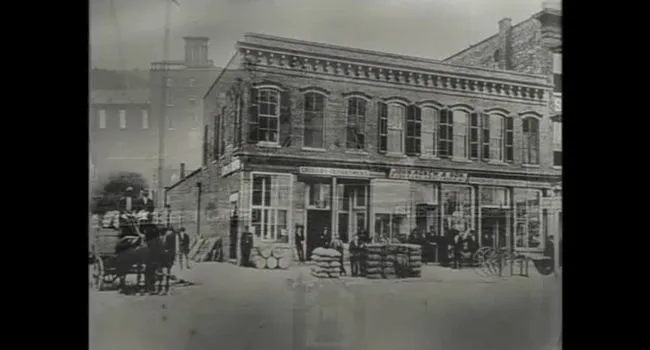
Video
After Reconstruction, the local business community thrived in the 1880s. Horse-drawn trollies became common-place in the streets of Columbia, and the Columbia Canal was completed in 1882. “Mill...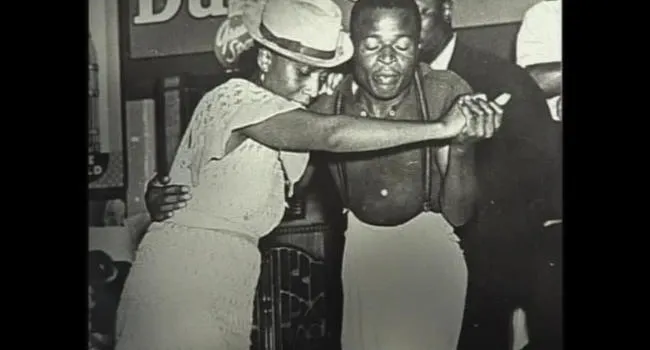
Video
The 1920s was a prosperous time for Columbia. The city experienced a cultural renaissance, even though the rural areas were feeling early pings of the oncoming depression. Dance clubs for both Whites...
Video
In the 1970s, the growth of state government jobs and light industry began to draw people from outside the midlands into Columbia. New generations of residents moved back into Downtown Columbia, and...
Video
Sitting on the Congaree River, Columbia, South Carolina has a rich, diverse, and celebrated history. Columbia was founded on what was once a plantation owned by Colonel Thomas Taylor. The “back...
Video
The addition of Columbia’s new Army training ground, Camp Jackson, would have a significant impact on the city. The U.S. was being drawn into World War Two, and many of the Army’s soldiers would come...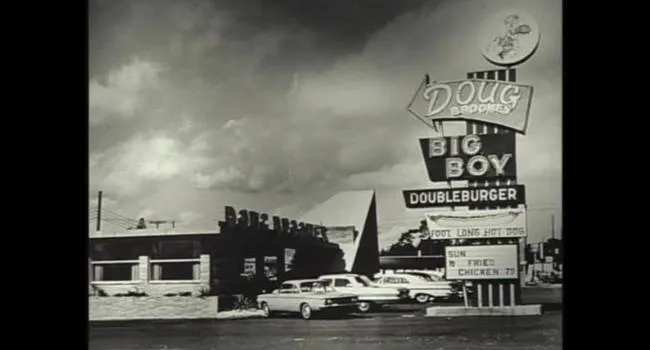
Video
The 1950s signaled a decade of prosperity for Columbia, including drive-ins, drug-stores, hot cars, and rock and roll. Columbia residents recall their memories of the 1950s. Throughout the 50s and 60s...
Video
In 1860, roughly 60% of the population in Columbia were slaves. 60% of the gross economic capital in South Carolina was in human property. With the growing popularity of the Republican Party, and...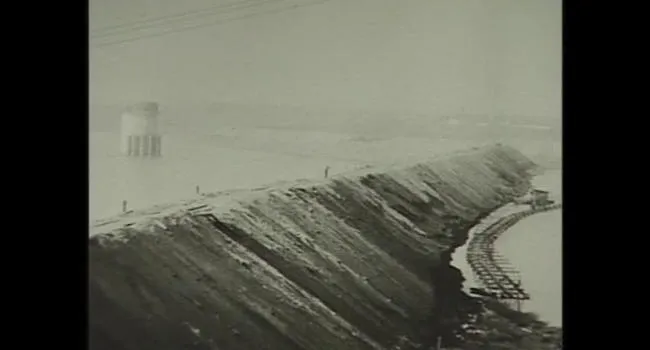
Video
The first sign of the Great Depression in South Carolina was the drastic drop in cotton prices. While the rest of the country was hit hard by the depression, those living in Columbia had an economic...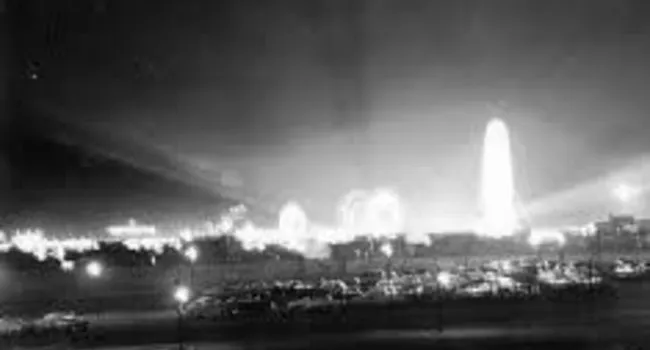
Audio
With the integration of Jim Crow laws in the 1890’s, there was the integration of the “Colored State Fair.” Dr. Stroup discusses the history of the “Colored State Fairs”, and how different factions...